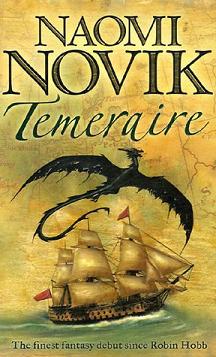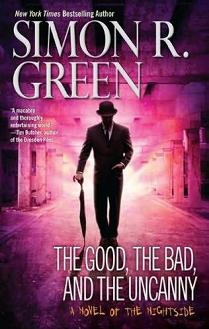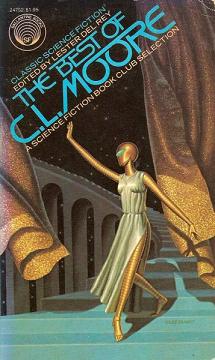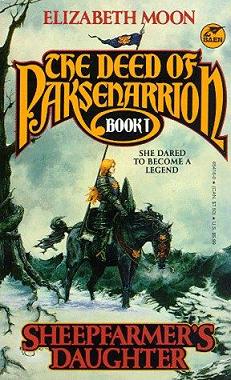
Temeraire
Naomi Novik
327 pages
published in 2006
So that’s why the Temeraire series is so popular. I had heard of it of course, the first novel in the series (called Her Majesty’s Dragon in the original American edition) having been the subject of much hype and enthusiastic reviews when it first came out, but I had been skeptical. It had all sounded too high concept to me: Horatio Hornblower with dragons? Interesting, but it all seemed a bit too slight to hang a novel on. As I quickly found out when I flipped through Temeraire in the library, I was wrong. Naomi Novik knows how to tell a story, to keep you turing the page until it’s finished and leave you wanting more.
Frigate captain William Laurence manages to capture a French blockade runner but is puzzled why it resisted so fiercly when it was clear it could not win the fight. His puzzlement ends when he discovers it’s transporting a dragon, one near to hatching to boot. Dragons are rare and valuable, both as status symbol and instrument of war. Because it’s clear that the egg will hatch before his ship will be back at base, Laurence knows it’s his duty to get the dragon to imprint on one of his men, to get it into service for England, notoriously weak on dragons. Imagine his surprise — if not the reader’s — when it turns out the dragon imprints on him. It means the end of his career in the navy and the start of a life in the country’s most despicable arm of service, the Aerial Corps.



